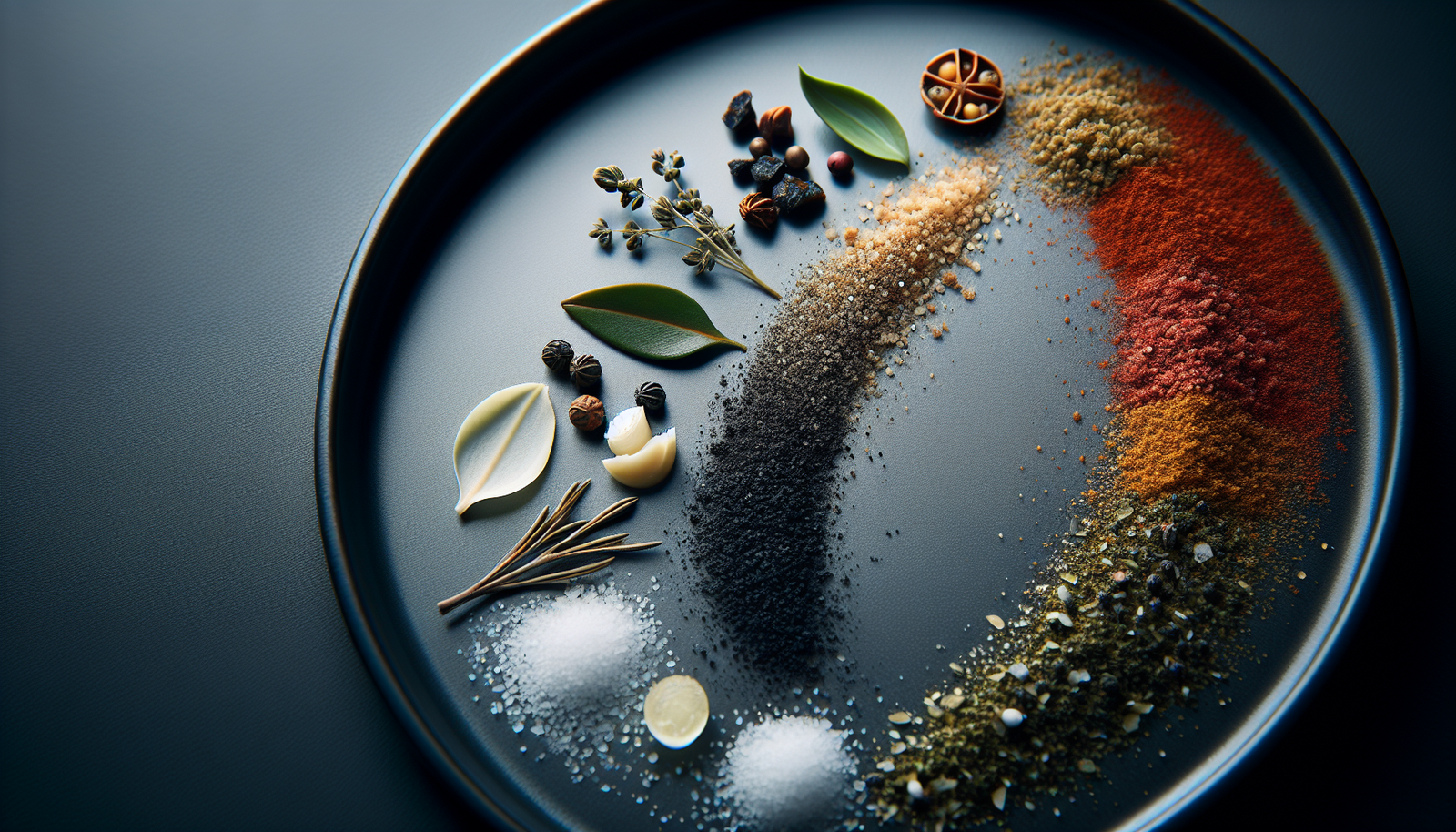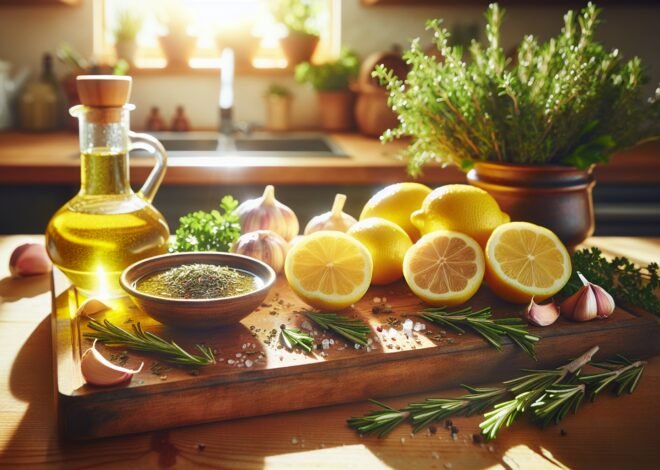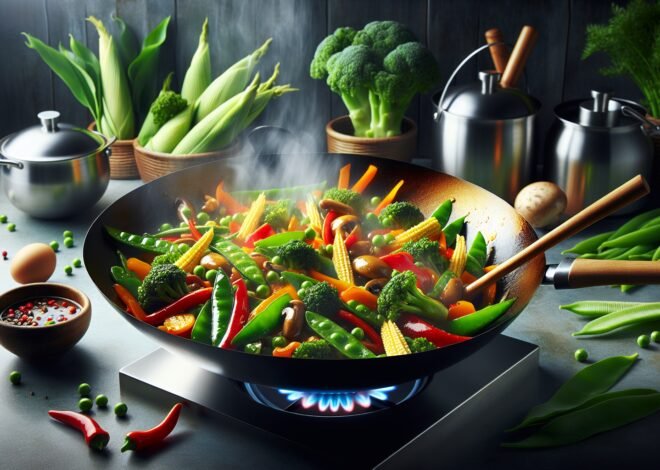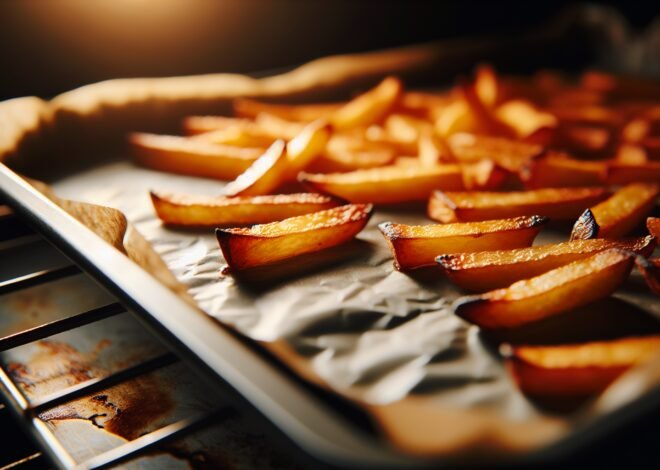
How to Avoid Overseasoning: Tips for Subtle Flavor Enhancements
Overseasoning can ruin a meal. This guide will teach you how to season with a light touch, enhancing your dishes without overwhelming them. With these tips, you’ll learn how to achieve subtle, balanced flavors every time you cook.
Understanding the Dangers of Overseasoning
Seasoning is the heart of any good dish, but too much of it can ruin a meal. Understanding the dangers of overseasoning is crucial for both novice cooks and seasoned chefs. It’s about finding that delicate balance where flavors enhance the dish without overwhelming it.
How Overseasoning Affects Food
Overseasoning can lead to a dish that is too salty, spicy, or just plain overwhelming. When flavors are too strong, they mask the natural taste of the ingredients. This can turn a potentially delicious meal into an unpalatable experience. The key is to enhance, not overpower.
Common Seasoning Mistakes
One frequent mistake is adding too much seasoning at once. This leaves little room for adjustment and can lead to a dish that’s too intense. Another common error is relying on a single strong flavor, which can unbalance the dish. Consistency is important; therefore, seasoning should be applied gradually and tasted frequently.
Why Less is Often More
Less is often more when it comes to seasoning. A subtle touch can highlight the natural flavors of the main ingredients, allowing them to shine. Overcomplicating with too many spices can confuse the palate and make the dish less enjoyable. Simplicity often leads to more satisfying flavors.
Techniques for Subtle Flavor Enhancements
Enhancing flavors subtly can transform a dish from ordinary to extraordinary. It’s about knowing when and how to add seasoning, allowing flavors to develop naturally. This section explores techniques that make all the difference without overpowering the dish.
Tasting and Adjusting During Cooking
Frequent tasting during cooking is essential. It allows you to adjust flavors as they develop. Tasting isn’t just about saltiness; it’s about balance. Use small increments when adding seasoning, and taste each time to ensure the flavors align perfectly.
Using Restraint with Strong Flavors
Strong flavors like garlic, chili, or herbs should be used sparingly. They can quickly dominate if not handled with care. A restrained approach ensures these robust flavors enhance rather than overshadow the dish. Reserve them for finishing touches when their full impact is needed.
When to Add More Seasoning
Knowing when to add more seasoning is key to achieving balanced flavors. Early seasoning allows flavors to meld, but adding seasoning towards the end can boost specific notes. Consider the cooking method and ingredient types when deciding the timing for adding seasoning.
Fixing Overseasoned Dishes
Even the best cooks can make the mistake of overseasoning. Fortunately, there are techniques to rescue a dish and restore balance. This section provides practical solutions to dilute overpowering flavors and suggests preventative measures for the future.
Diluting Overpowering Flavors
One effective method to counteract overseasoning is dilution. Adding more of the primary ingredient or liquid can help spread out the intense flavors. This technique is especially useful for soups and stews, where additional broth or water can make a significant difference.
Counterbalancing with Acidity or Sweetness
Acidity or sweetness can counterbalance excessive seasoning. Lemon juice or vinegar can cut through saltiness or spiciness, while a touch of sugar can mellow out harsh flavors. Use these elements sparingly to bring the dish back into harmony.
How to Avoid Overseasoning in the Future
Avoiding overseasoning starts with mindfulness and practice. Measure spices carefully, and add them gradually during cooking. Keep a tasting spoon nearby, and make it a habit to taste frequently. Developing a keen sense of balance will help prevent overseasoning mishaps.
Conclusion
Subtle seasoning can often be the key to a well-balanced dish. Knowing when to stop and how to gently enhance flavors ensures that your meals aren’t overpowered. With these tips, you’ll learn to achieve just the right amount of seasoning for balanced, nuanced flavors that let each ingredient shine.
FAQ
How do I avoid overseasoning a dish?
Start with small amounts of seasoning and gradually add more. Taste frequently during the cooking process to ensure the flavors are balanced. Using fresh herbs and spices can enhance flavor without overwhelming the dish.
What are the signs that I’ve added too much spice?
When the dish becomes too hot or the flavors are overpowering, it often signals too much spice. A noticeable burning sensation can also indicate an excess of certain spices.
How can I fix an over-seasoned meal?
To rescue an over-seasoned dish, add neutral ingredients like potatoes, rice, or bread to absorb excess flavors. Alternatively, increase the quantity of other ingredients to balance out the seasoning.
What are the best subtle seasonings to use?
Herbs like basil, parsley, and thyme provide subtle flavors. Spices such as cumin and coriander can also be used sparingly to add depth without overwhelming the dish.
Should I season dishes in stages?
Seasoning in stages helps control the flavor profile. Each layer of seasoning can build complexity, allowing more precise adjustments to taste throughout the cooking process.
How do I prevent overpowering delicate ingredients?
Use gentle seasonings and add them towards the end of cooking. This helps preserve the natural flavors of delicate ingredients, ensuring they are not masked by stronger seasonings.











